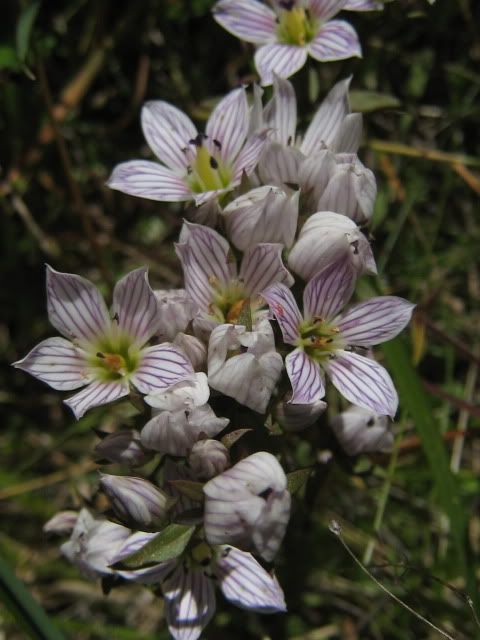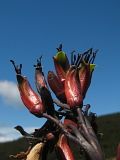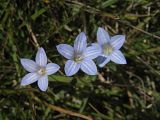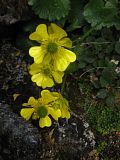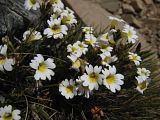Of course, the nicest things about Cobb valley and surrounds is the vegetation.
Left to right
Gentiana patella, Phormium cookianum and Wahlenbergia albomarginata s.l.
Note the colour in the corlla of the gentian - this is most unusual for alpine NZ plants, where everything is pretty much white (with exceptions.. of course). And it is a Cobb Valley endemic - one of quite a few.
On the east side of the mountains before the nasty, narrow, single-lane, winding road into the Cobb Valley reservoir is spectacular podocarp-broadleaf forest, with miro, matai, kahitakea and southern rata (Metrosideros umbellata). Once up high into the tablelands, you get into beech forest and snow tussock (Chionochloa) grasslands on the montane parts which have been burnt long ago. The high number of endemic taxa in NW Nelson has been attributed to a lack of glaciation during the Pleistocene glacials which scrubbed much of NZ.
But early Febuary is too late for the masses of maori onion (Bulbinella) to be in flower, but we were fortunate to get some glimses of endemic gentians (Gentienlla patanella), whipcord hebes, the odd Celmisia and a smattering of cushion plants (Donatia and ) high up on the exposed ridges around Lake Peel.
Ranunculus insgnis
Euphrasia sp.' Mt Arthur' and whipcord hebe (Veronica ochracea)
Noice -
so - here is some noice documentation on the heritage values of NW Nelson
and - yes, a worrying prospect for the area..
Ranunculus insgnis
Euphrasia sp.' Mt Arthur' and whipcord hebe (Veronica ochracea)
Noice -
so - here is some noice documentation on the heritage values of NW Nelson
and - yes, a worrying prospect for the area..

